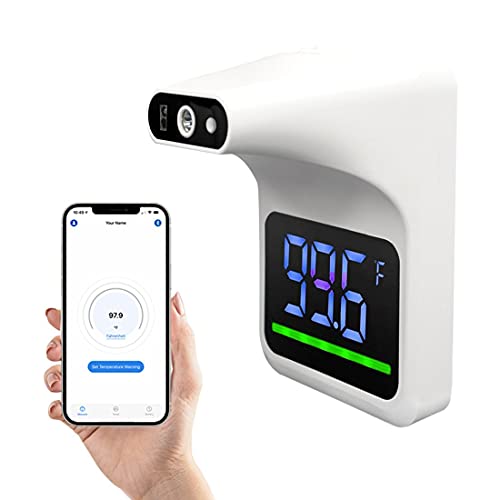Patient Care: In the era of technological advancements, gadgets have revolutionized various industries, and healthcare is no exception. With the integration of innovative devices and technologies, healthcare professionals now have access to a wide range of gadgets that have transformed patient care. From remote monitoring devices to mobile apps, these gadgets are enhancing medical treatments, improving patient outcomes, and empowering individuals to take charge of their health. This article explores the significant role that gadgets play in healthcare and the ways they are revolutionizing patient care.
-
 Vinjoy Nurses Appreciation Week for Doctor Nurse Healthcare Worker Graduation Coworker – Essential AF – Unbreakable Stemless Plastic Wine Glass – Pandemic – giftable wine gifts for women men
Vinjoy Nurses Appreciation Week for Doctor Nurse Healthcare Worker Graduation Coworker – Essential AF – Unbreakable Stemless Plastic Wine Glass – Pandemic – giftable wine gifts for women men -
 Gorilla Gadgets Instant Read Thermometer Gen. 2 – Wall Mounted No Contact Digital Forehead with Fever Detection. Designed for Schools, Healthcare, and Businesses. Stored & Shipped by U.S Business!
Gorilla Gadgets Instant Read Thermometer Gen. 2 – Wall Mounted No Contact Digital Forehead with Fever Detection. Designed for Schools, Healthcare, and Businesses. Stored & Shipped by U.S Business!
Remote Monitoring Devices:
Remote monitoring devices, such as wearable fitness trackers and smartwatches, have become increasingly popular in recent years. These gadgets allow patients to track their vital signs, physical activity, sleep patterns, and more. Healthcare professionals can remotely monitor the data generated by these devices, providing valuable insights into a patient’s health status. This real-time information enables early detection of health issues, personalized interventions, and better management of chronic conditions.

Mobile Health Apps:
Mobile health apps have emerged as powerful tools for patient care. These apps enable patients to access health information, track symptoms, schedule appointments, receive medication reminders, and communicate with healthcare providers. Additionally, they offer features like diet and exercise tracking, mental health support, and personalized health recommendations. By promoting self-management and engagement, these apps empower patients to actively participate in their healthcare journey.
Telemedicine and Virtual Consultations:
Gadgets have played a pivotal role in the rise of telemedicine and virtual consultations. Through video conferencing and remote communication tools, healthcare professionals can provide consultations, monitor patients, and offer medical advice from a distance. This technology has made healthcare more accessible, especially for individuals in remote areas, those with mobility challenges, or those seeking specialized care. Gadgets facilitate seamless communication between patients and healthcare providers, reducing the need for in-person visits and improving overall efficiency.
Smart Pillboxes and Medication Management:
Adherence to medication schedules is crucial for effective treatment. Gadgets like smart pillboxes help patients manage their medications more efficiently. These devices use sensors and reminders to alert patients when it’s time to take their medication. Some even connect to mobile apps, providing medication tracking, refill reminders, and medication history. Smart pillboxes and medication management gadgets enhance medication adherence, prevent medication errors, and improve overall treatment outcomes.
Health Monitoring and Diagnostics:
Gadgets equipped with advanced sensors and artificial intelligence algorithms are transforming health monitoring and diagnostics. For instance, wearable devices can track heart rate, blood pressure, glucose levels, and sleep patterns. This continuous monitoring provides valuable data for early detection of health problems and enables proactive interventions. Additionally, portable diagnostic gadgets, such as handheld ultrasound devices and smartphone-based diagnostic tools, allow healthcare providers to perform quick and accurate assessments outside of traditional medical settings, improving access to healthcare and reducing the burden on healthcare facilities.
Conclusion:
Gadgets have revolutionized patient care by introducing new possibilities in healthcare delivery. From remote monitoring devices and mobile health apps to telemedicine tools and smart medication management systems, these gadgets are empowering patients, improving outcomes, and transforming the way healthcare is delivered. As technology continues to advance, it is essential for healthcare professionals, policymakers, and patients to embrace these gadgets and harness their potential to create a patient-centered and digitally connected healthcare ecosystem.
Go to Our Shop Page Click Here
You can Hire freelancer : Click Here



